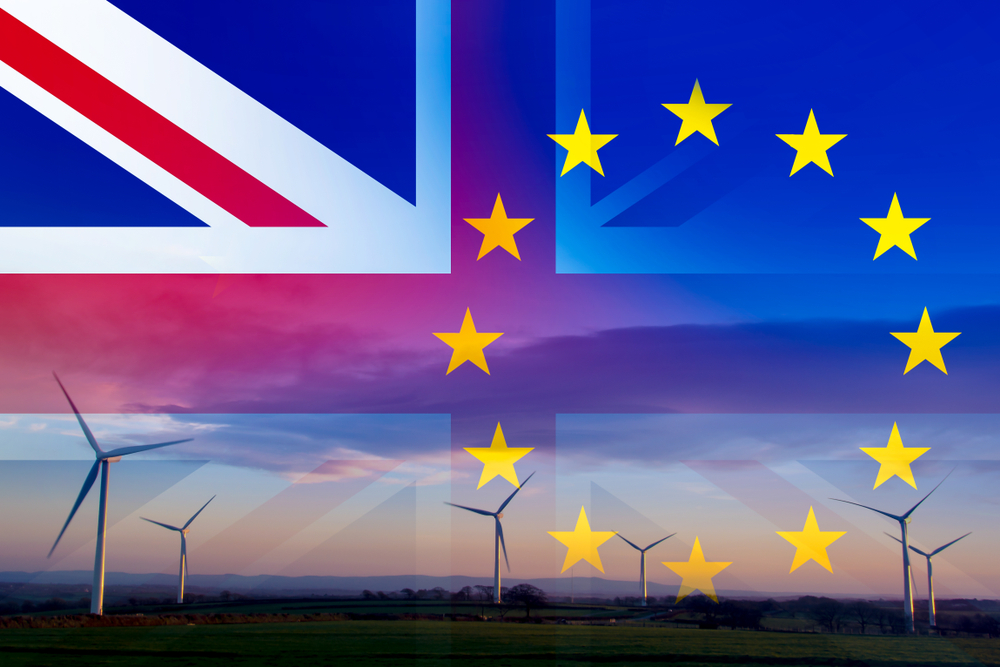As you may or may not be aware a large chunk of UK environmental law is derived from EU requirements. During the transition period from January 2020 until January 2021 it was largely ‘business as usual’ from a regulatory point of view. But now, following the end of the transition period, changes have come into place to the structure of environmental legislation that are ground-breaking. I think a competent environmental management practitioner needs to have some knowledge of these changes. This is particularly important when updating those pesky environmental legal registers.
What happened with environmental law in the transition period?
During the year-long transition period things basically stayed the same as before Brexit. This meant that if the EU issued a law then the UK had to follow it, just as it did when it was an EU member state. However, during this period changes were being made to EU requirements that came into force when the transition period ended.
How does it work now the transition period has ceased?
Generally speaking most EU environmental law applies to the UK, but not always in exactly the same way as before. Technically, the current EU requirements have been retained. As EU requirements are part of many UK environmental laws, it would make no sense to strip all this law away immediately when the UK withdrew. It would leave a massive hole in environmental law that would need to be filled in a short time period. So, we follow the same laws we did before, to a certain extent!
Changes to EU requirements
What I have found from undertaking a great deal of work on the impact of Brexit on EU environmental law, is that although law has been retained in the UK, it is not exactly the same as it was before. Generally, there is a trend to what I call ‘UKise’ EU environmental law. Essentially an EU requirement is amended by a UK law so that it continues to operate after Brexit. This means that any EU reference in EU laws (such as ‘Member State’, or ‘European Union’) is replaced by UK equivalents. As a result, the amended law is now only applicable to the UK or Great Britain (England, Scotland and Wales). Let’s take a look at a couple of examples…
‘UKising’ the REACH regulation
The REACH regulation (EC 1907/2006) covers the environment and safety assessment of chemicals across the EU. This requirement has been amended in Great Britain by The REACH etc. (Amendment etc.) (EU Exit) Regulations 2020. The general ethos of REACH has been retained but there are some differences between the GB and EU REACH regime. These include that the GB REACH only applies to GB rather than the whole of the EU. Also the body that assess submissions is the Health and Safety Executive (HSE) rather than the European Chemicals Agency (ECHA).
Amended protections in UK SACs
Another example of a law that has been changed a reasonable amount in the UK is that of the designation of Special Areas of Conservation (SACs) under Directive 92/43/EEC. This law states that EU sensitive habitats should be designated and protected. One of the key UK amendments to this law is that UK SACs are designated as they contain species that are rare in the UK (rather than the EU) and that the requirements cover the UK rather than the EU as a whole.
Limited changes to some retained EU environmental laws
For other types of retained EU laws there has been very limited changes. I’ve noticed this for some EU Directives in particular. This results from the fact that a Directive only sets the law very generally. It is largely down to an individual EU member state to implement and as such there is quite a lot of leeway in how this is completed across the EU. In most cases, therefore, there is no need to ‘UKise’ Directives into UK Law. This has already been undertaken prior to Brexit as directives are quite often generic.
Take, for example, The Control of Major Accident Hazards Regulations 2015. These implement EU Directive 12/18/EU and little has been changed following withdrawal. This is because they didn’t reference a great deal of EU requirements anyway (even though they are technically based on EU law). Member states developed their own separate regimes roughly based on an EU Directive. This also seems to have occurred for many producer responsibility type requirements. For example, the Producer Responsibility Obligations (Packaging Waste) Regulations 2007 which implements the fairly generic EU Directive (94/62/EC).
What does this mean for the future of environmental law in the UK?
You should be aware, however, that following Brexit the UK is not duty bound to follow EU requirements in the future. It is likely, therefore, that we will see some divergence from EU environmental laws in the UK. The legal system will likely slowly change towards a more specific UK approach. However, the EU is our closest neighbour. Therefore I think, from an environmental legal perspective, we will always be keeping a close eye on EU requirements and that they will still be a big influence on British environmental law.
John Binns BSc (Hons), MSc, MIEMA

With over 19 years’ experience working in environment management, John Binns BSc (Hons) MSc MIEMA is an experienced environmental tutor and consultant with knowledge of health and safety management.
